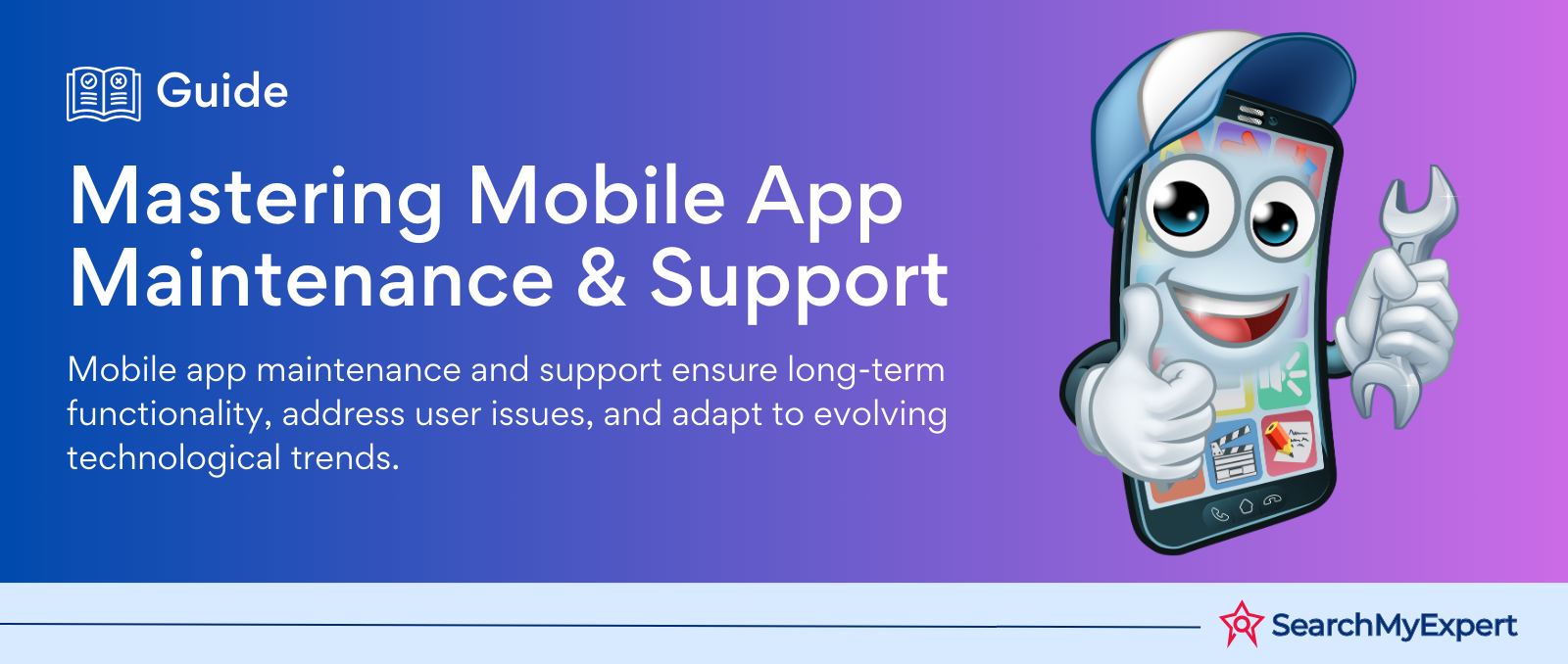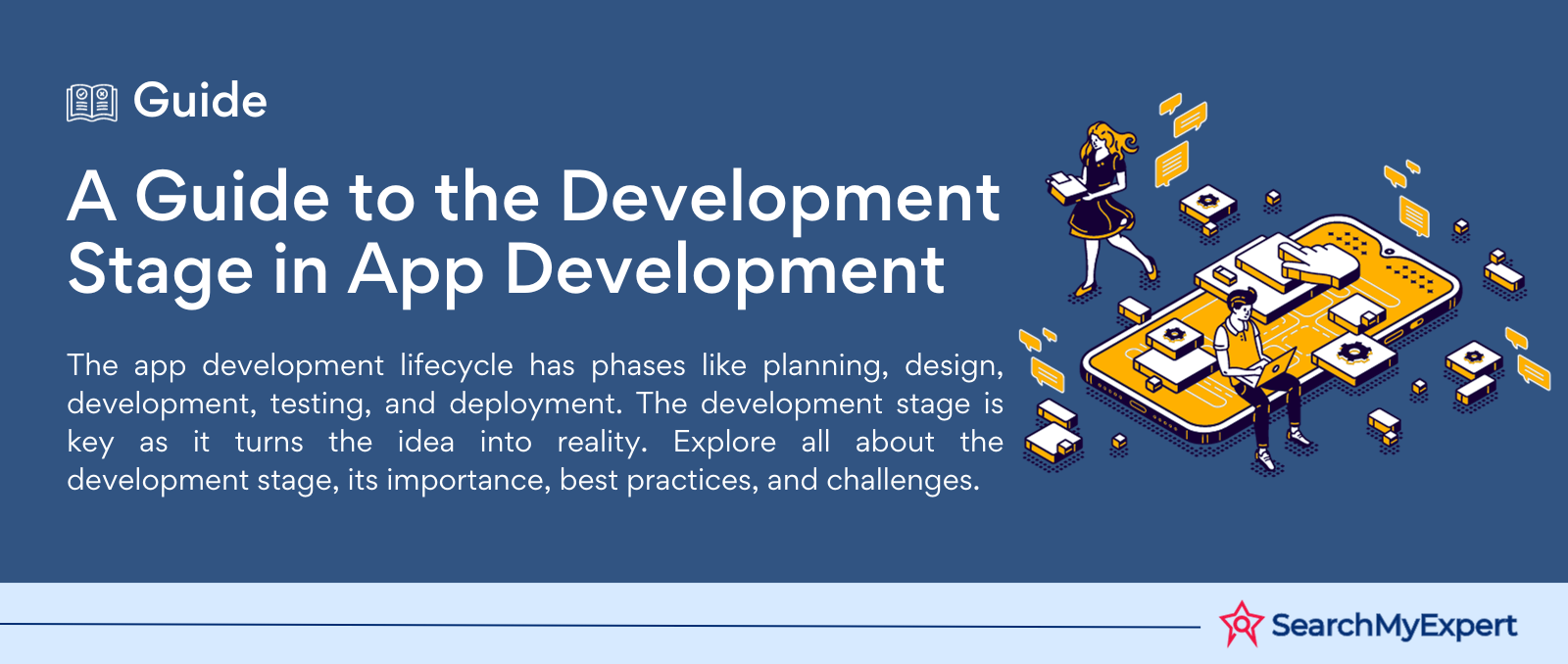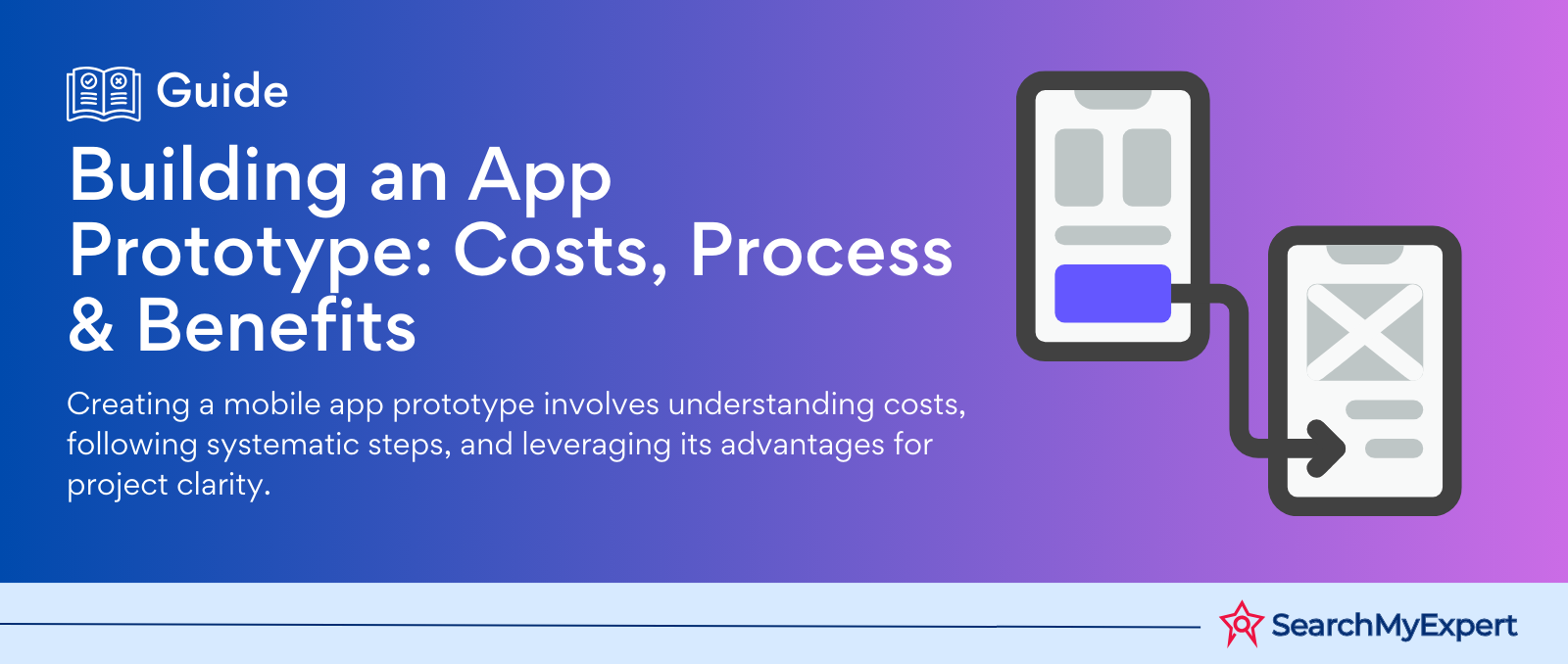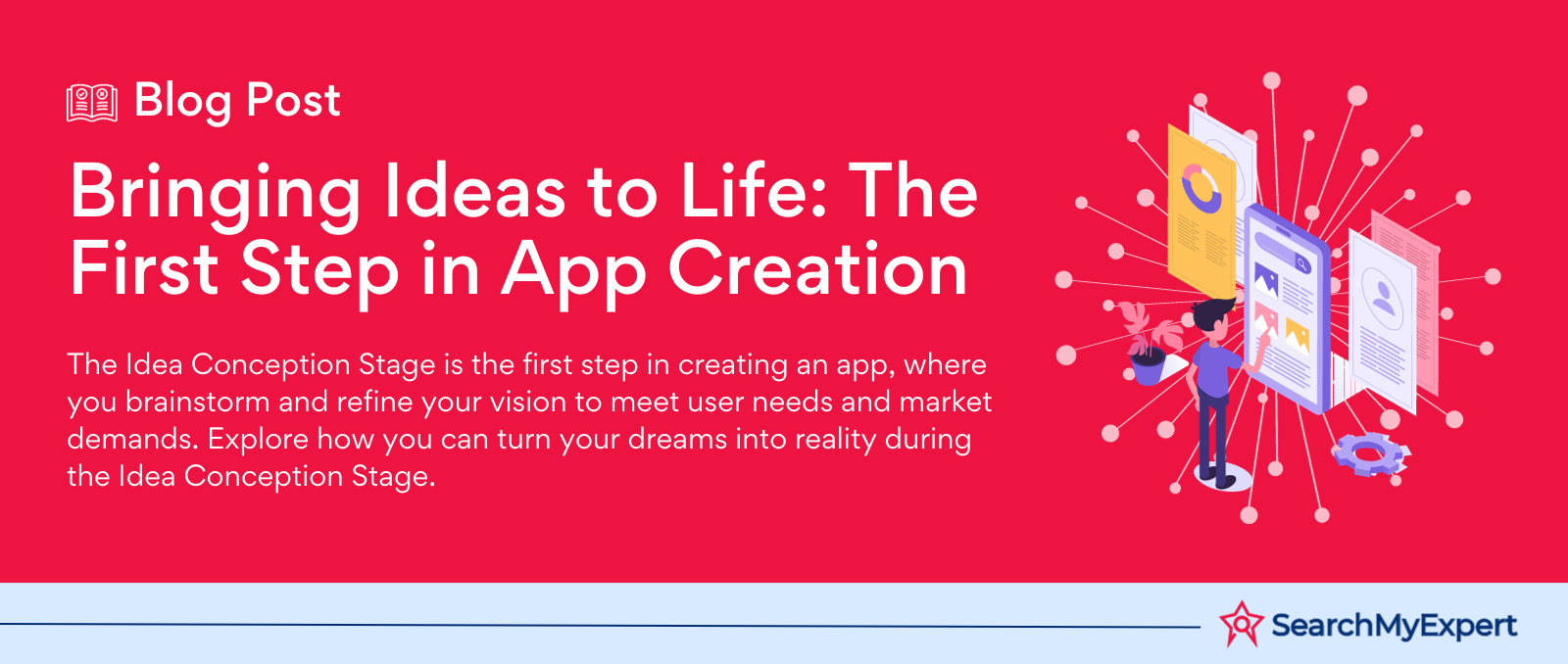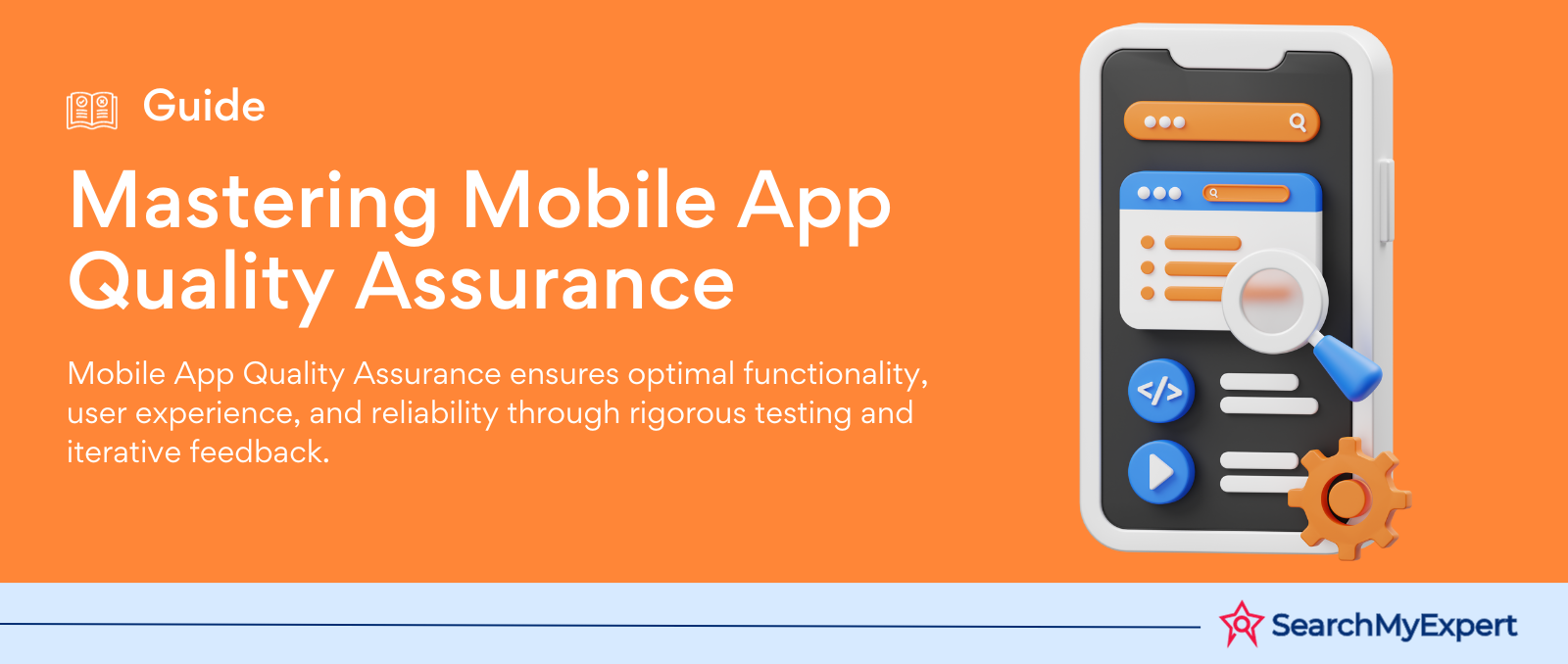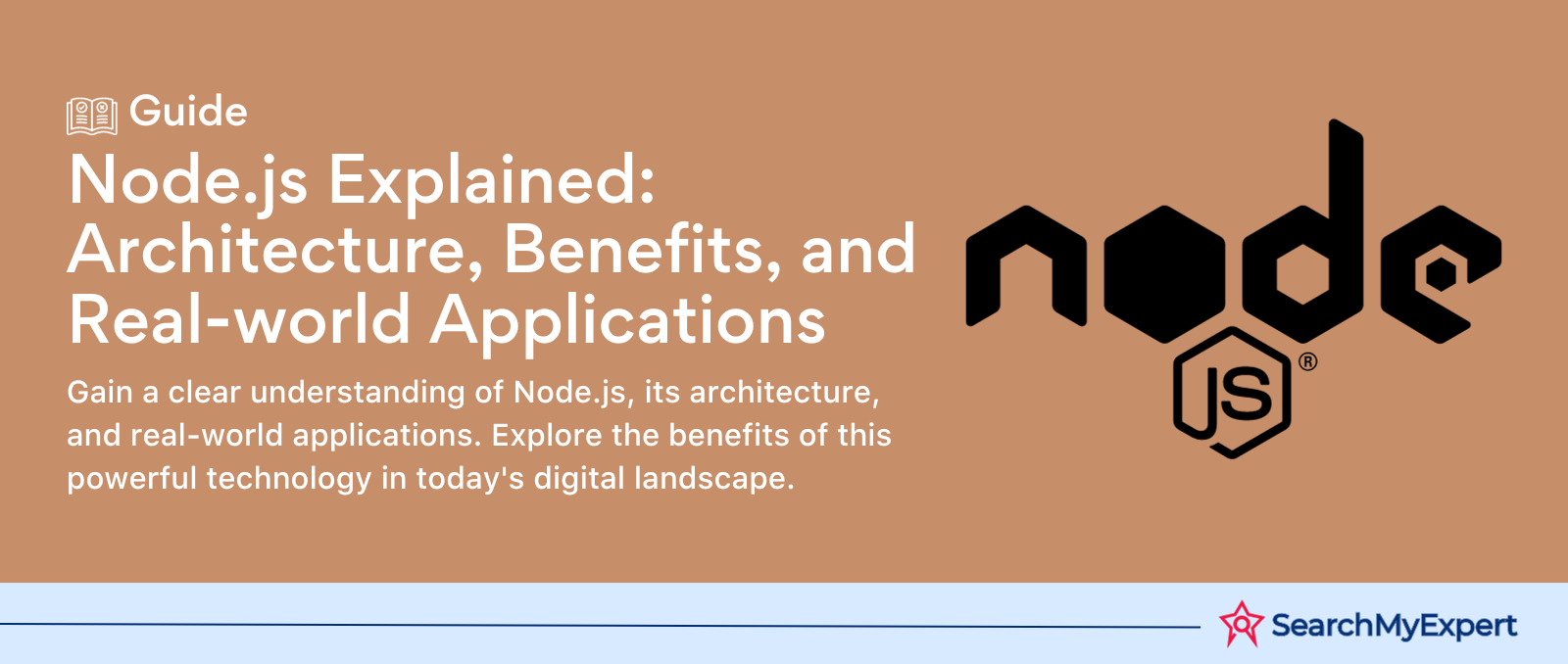Essentials of Metaverse Development: Examining Tools and Engines
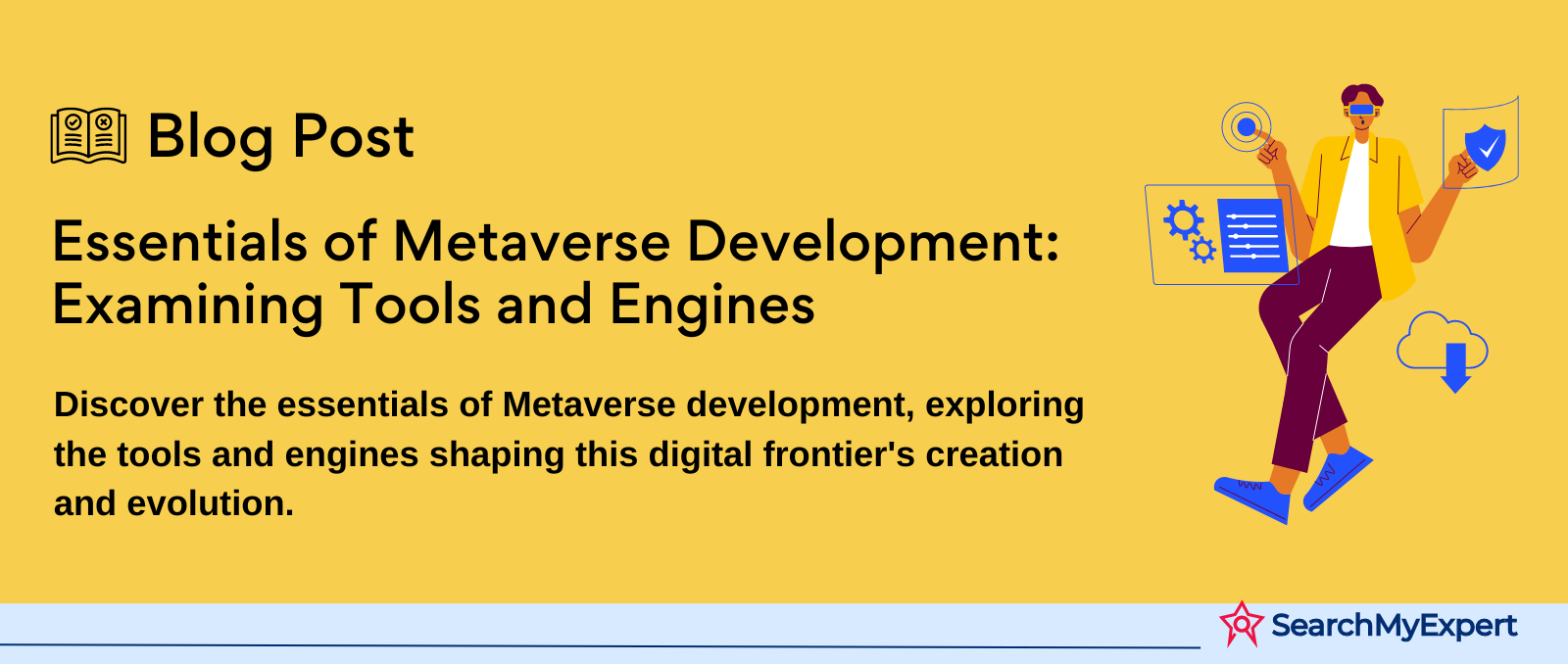
Metaverse Development Tools and Engines
Defining the Metaverse
Welcome to the digital frontier! The Metaverse – a term that sounds like it's straight out of a sci-fi novel, right? But it's real, and it's here. Imagine a vast, immersive virtual universe, a space where the physical and digital worlds merge. This isn't just a game; it's a whole new dimension of reality. The Metaverse is limitless, allowing us to live, work, play, and connect in ways we never thought possible.
From attending a concert with friends who are miles away to collaborating in a virtual workspace, the Metaverse breaks down geographical barriers and redefines our perception of reality. It's more than just VR headsets and 3D avatars; it's a revolution in how we interact with technology and each other. And the impact? Huge! Think about the changes in commerce, social interaction, entertainment, and more. It's not just a tech trend; it's the future unfolding before our eyes.
Metaverse Development Tools and Engines: The Architects of Virtual Worlds
Now, how do we build this awe-inspiring Metaverse? Enter Metaverse Development Tools and Engines. These are the magic wands, the architect's tools. They are the software and platforms that let developers and creators shape the Metaverse. Like a painter needs brushes, a developer needs these tools to bring their virtual world to life.
These tools and engines are the backbone of the Metaverse. They help create interactive 3D environments, realistic avatars, and seamless virtual experiences. They're not just for tech wizards; they're becoming more accessible, empowering a new wave of creators to contribute to this virtual universe. Think of them as the LEGO blocks of the digital realm – the possibilities are endless!
Types of Metaverse Development Tools and Engines
Game Engines: The Powerhouses of Virtual Reality
Unity: The All-Rounder
Unity isn't just a game engine; it's a dream factory for the Metaverse. It's known for its user-friendly interface and the ability to create anything from simple 2D games to complex 3D worlds. Unity's real-time rendering makes it a top pick for creating immersive virtual environments.
Unreal Engine: The Visual Virtuoso
Epic Games' Unreal Engine is like the Hollywood of game engines. Renowned for its high-fidelity graphics, it's perfect for crafting visually stunning Metaverse experiences. Its Blueprint visual scripting system allows even non-programmers to bring their visions to life.
Godot: The Underdog with a Punch
Godot is the dark horse in the race, free and open-source, but don't underestimate it! With a dedicated community and unique scene-and-node architecture, it's an excellent choice for developers who cherish freedom and flexibility in their creative process.
Open-Source Platforms: The Foundations of a Decentralized Metaverse
Ethereal Engine: The Maverick
Ethereal Engine is an open-source, blockchain-based platform, championing the cause of a decentralized Metaverse. It's a beacon for developers who believe in a Metaverse free from corporate control.
Webaverse: The Web3 Wizard
Webaverse takes the concept of an open Metaverse to the next level, integrating seamlessly with the blockchain. It's all about interoperability, ensuring that assets and experiences are portable across different virtual worlds.
Hypercube: The New Kid on the Block
Hypercube is another rising star, focusing on simplicity and accessibility. It's designed to make Metaverse development as easy as building a website, lowering the barrier to entry for aspiring creators.
VR/AR Development Tools: Bridging Realities
WebXR Device API: The Reality Mixer
WebXR Device API is a game-changer, allowing developers to create VR and AR experiences directly in the web browser. It's about making mixed reality mainstream, and accessible on standard devices without the need for specialized hardware.
Spatial Web SDK: The Virtual Space Sculptor
The Spatial Web SDK is all about crafting interactive and spatially aware experiences. It's like giving developers a sixth sense to blend digital objects seamlessly with the real world.
3D Content Creation Tools: The Metaverse Sculptors
Blender: The Swiss Army Knife of 3D
Blender is a free, open-source 3D creation suite. It's like the Swiss Army knife for 3D artists, equipped with tools for modeling, animation, rendering, and even game creation.
Maya: The Industry Titan
Maya is the go-to tool for professional 3D artists. Known for its robust features and flexibility, it's a powerhouse for creating intricate 3D models, animations, and realistic environments.
Blockchain and Crypto Tools: The Economy Builders
Ethereum: The Blockchain Backbone
Ethereum is more than a cryptocurrency; it's a platform for building decentralized applications (DApps). In the Metaverse, Ethereum serves as the backbone for creating virtual economies and tradeable digital assets.
Solidity & Web3.js: The Craftsmen of the Blockchain
Solidity is the programming language for writing smart contracts on Ethereum, while Web3.js is a collection of libraries allowing you to interact with a local or remote Ethereum node. Together, they are the craftsmen shaping the economic landscape of the Metaverse.
AI and Machine Learning Tools: The Brains Behind the Metaverse
TensorFlow & PyTorch: The Smart Architects
TensorFlow and PyTorch are leading the AI revolution in the Metaverse. They empower developers to create intelligent NPCs, enhance user interactivity, and offer personalized experiences. It's like infusing the Metaverse with a brain, making it smarter and more responsive to user needs.
Key Features of Metaverse Development Tools and Engines
World Building: Crafting Virtual Realms
Crafting Landscapes and Structures
Imagine being able to create mountains, oceans, and cities with a few clicks. Metaverse development tools offer terrain editors and environmental design features, allowing for the creation of diverse landscapes and structures. It's like playing god in a digital universe.
Dynamic Environments: More than Static Scenes
These tools go beyond static scenes; they enable dynamic environments. Think weather changes, day-night cycles, and interactive elements. This brings the Metaverse to life, making it feel as real as our physical world.
Avatar Creation: The Digital You
Designing Your Digital Alter Ego
Avatar creation tools are the wardrobe of the Metaverse. They provide extensive customization options for appearances, clothing, and accessories. It's where users create their digital alter egos, each unique and expressive.
Physical Interactions: Beyond Looks
But it's not just about looking good. These tools also enable physical interactions – gestures, facial expressions, and movements. They ensure that avatars are not just digital dolls but extensions of our physical selves in the virtual world.
Scripting and Programming: The Brains Behind the Scenes
Language Diversity: Speak Your Code
From C# in Unity to Blueprints in Unreal Engine, these tools support a range of programming languages. This flexibility allows developers to choose the language they're most comfortable with to build their Metaverse applications.
Building Logic and Functionalities
Scripting and programming capabilities are the backbone of any virtual experience. They allow developers to create complex game logic, interactive elements, and custom functionalities, making the Metaverse an interactive playground of endless possibilities.
Multiplayer Networking: Connecting Virtual Inhabitants
Real-Time Interactions: Bringing Users Together
Multiplayer networking features are crucial for a connected Metaverse. They facilitate real-time interactions and communication, enabling users to meet, socialize, and collaborate in the virtual world as if they were physically together.
Seamless, Scalable Experiences
These tools offer scalable solutions for handling multiple users, ensuring that the experience remains smooth and consistent, whether it's a virtual meeting of ten people or a concert attended by thousands.
Security and Privacy: Safeguarding the Virtual Frontier
User Data Management: Privacy First
In a world where personal data is as valuable as currency, Metaverse tools prioritize user data management. This includes secure storage, encryption, and responsible handling of user information.
Access Control and Security Measures
Access control mechanisms and robust security protocols are integral to these tools. They protect users from malicious activities and ensure a safe and secure environment, allowing users to explore the Metaverse with peace of mind.
Choosing the Right Tools and Engines for Metaverse Development
Identifying Your Goals: Visioning Your Virtual World
Define Your Metaverse Dream
Before diving into the toolbox, pause and envision. What's your dream Metaverse experience? Is it a sprawling virtual city, a cozy digital lounge, or an adventurous game world? Your vision determines your tools.
Functionality Wishlist
List down the functionalities needed. Do you require advanced AI for NPCs, realistic physics for a natural feel, or blockchain integration for a digital economy? Knowing what you want helps narrow down your choices.
Skillset and Budget: The Practical Considerations
Skillset: Know Your Strengths
Are you a coding ninja or a visual artist? Some tools are developer-friendly with heavy coding, while others offer more visual interfaces. Choose a tool that aligns with your skills.
Budget: Balancing Costs
Development isn't just about creativity; it's also about cost. Consider licensing fees, subscription costs, or the investment in learning a new tool. A balance between cost and features is key.
Community and Support: Your Virtual Teammates
Tutorials and Documentation
A tool with rich documentation and tutorials is like a treasure map; it guides you through uncharted territories. Look for tools with comprehensive learning resources.
Active Communities
An active community is your lifeline. Whether it's troubleshooting a tricky problem or sharing creative ideas, a vibrant community can be your greatest ally in the development journey.
Scalability and Future-proofing: Building for Tomorrow
Robust Features for Growth
Choose tools that offer robust features and flexibility. Your Metaverse experience might start small, but you want room to grow and expand without switching tools midway.
Open-Ended Possibilities
Think long-term. Tools that are regularly updated and support the latest technologies ensure that your Metaverse stays cutting-edge. Future-proof your project by choosing tools that evolve with the times.
Building Your Metaverse Experience
Design and Planning: Laying the Foundations
Concept Art & Storyboarding: The Blueprint of Imagination
Every great Metaverse experience starts with a sketch. Concept art and storyboarding are the visual blueprints. They set the scene, define the mood, and map out the journey users will embark upon.
UI/UX Design: The User's Compass
UI/UX design is not just about looks; it's about how users navigate and experience your Metaverse. A good UI/UX design ensures that users find their way around intuitively and enjoy every moment spent in your virtual world.
Content Creation: Sculpting the Digital Universe
Crafting 3D Assets and Environments
This is where your world takes shape. Using tools like Blender or Maya, you can create everything from majestic landscapes to detailed objects. These 3D assets are the building blocks of your Metaverse.
Bringing Your World to Life with Animations
Animations breathe life into your assets. Whether it's a character's subtle smile or leaves rustling in the wind, animation adds a layer of realism and dynamism to your Metaverse.
Programming and Scripting: Injecting Intelligence
Coding: The Pulse of Interactivity
Scripting and programming are what make your Metaverse interactive. This is where you infuse logic, from simple commands to complex AI behaviors, making your world responsive and engaging.
Functional Magic: From Idea to Interaction
Think of coding as the bridge between your vision and the user's experience. It's about turning ideas into interactive elements that users can explore, manipulate, and enjoy.
Testing and Deployment: Perfecting Your Digital Dream
Beta Testing: Ironing Out the Kinks
Before the grand opening, comes the beta test. It's about putting your world in the hands of real users, gathering feedback, and making adjustments. It's the reality check every Metaverse needs.
Optimization: Smooth and Accessible Experiences
Finally, it's about fine-tuning for performance and accessibility. Ensuring your Metaverse runs smoothly across devices and is accessible to all users is crucial. It's the final polish of your digital masterpiece.
The Future of Metaverse Development
Emerging Technologies: The Next Frontier
AR Glasses: Blurring the Lines
Augmented Reality (AR) glasses are set to revolutionize the Metaverse, blending the digital and physical worlds seamlessly. Imagine walking down the street, your view enhanced with digital overlays and interactive content, all through your glasses.
Haptic Feedback: The Touch of Virtuality
Haptic feedback technology is about adding a sense of touch to the Metaverse. This means feeling the texture of virtual objects, experiencing the pressure of a handshake, and even the sensation of weather changes.
Brain-Computer Interfaces: The Mind Connect
Brain-computer interfaces (BCIs) are the stuff of sci-fi, turning into reality. They could enable users to control their Metaverse experiences with their thoughts, making interaction more intuitive and immersive than ever.
Ethical Considerations: Navigating the Digital Morass
User Privacy: A Digital Safe Haven
In the Metaverse, privacy concerns go beyond data. It's about protecting the sanctity of our digital selves. Ensuring robust privacy measures and transparent data policies is crucial in this emerging realm.
Digital Inequality: Bridging the Virtual Divide
The Metaverse shouldn't be a privilege of the tech-savvy or the wealthy. Addressing digital inequality means making these experiences accessible to all, irrespective of socio-economic or geographical barriers.
Responsible Development: Ethical Guidelines
The Metaverse opens up a Pandora's box of ethical dilemmas. From content regulation to behavioral impacts, responsible development guidelines will be key to ensuring a healthy and positive virtual environment.
The Decentralized Future: Power to the People
Blockchain and Web3: The Democratic Pillars
Blockchain and Web3 are not just buzzwords; they are pillars of a decentralized Metaverse. They promise a future where virtual worlds are open, user-owned, and not controlled by a handful of tech giants.
A User-Owned Universe
Imagine owning a piece of the Metaverse – your assets, your data, your rules. This decentralized vision is about shifting power to the users, fostering a community-driven and democratic virtual space.
The Open Metaverse: No Gatekeepers
In a decentralized Metaverse, gatekeepers don't dictate the rules. Instead, it's a collaborative, open-source ethos that drives development, ensuring transparency and collective governance.
Shaping the Metaverse – A Journey of Innovation and Responsibility
The Bedrock of Virtual Worlds: Tools and Engines
The Unsung Heroes
Metaverse development tools and engines are the unsung heroes of this digital odyssey. They're the chisels and hammers sculpting the endless possibilities of virtual worlds. Without these tools, the Metaverse would remain a fantasy.
Opportunities and Challenges: Navigating the Virtual Seas
A World of Opportunities
The Metaverse is a land of vast opportunities. It's a canvas for creators, a new market for businesses, a social hub for users, and a playground for innovators. The potential is as boundless as the virtual skies.
Challenges: The Mountains to Climb
But with great opportunities come significant challenges. From technical hurdles to ethical dilemmas, the road to a fully realized Metaverse is filled with obstacles that require ingenuity, patience, and foresight to overcome.
The Call to Action: Be a Part of the Metaverse Evolution
Explore and Experiment
Embark on this journey of discovery. Whether you're a developer, artist, entrepreneur, or enthusiast, dive into the world of Metaverse development. Explore, experiment, and be a part of shaping this new reality.
Responsible Development: Our Collective Duty
As we forge this new frontier, let's do it responsibly. Let's build a Metaverse that's safe, inclusive, and respectful of privacy and individuality. Our actions today will define the virtual world of tomorrow.
A Vibrant and Inclusive Future
The future of the Metaverse is in our hands. It's up to us to mold it into a vibrant, inclusive, and wondrous space. A place where creativity knows no bounds, and everyone is welcome.
Conclusion
Metaverse development tools and engines are pivotal in crafting immersive virtual worlds, offering both immense opportunities and significant challenges. As we venture into this uncharted territory, it's crucial to embrace exploration, experimentation, and above all, responsible development. By prioritizing inclusivity, privacy, and ethical practices, we can shape a Metaverse that's not just a technological marvel but a space that enriches, connects, and respects its diverse community. The future of the Metaverse is a collaborative effort, and each of us plays a role in weaving this intricate tapestry of virtual experiences.
Create your own virtual world with our
Metaverse Development Service Company.
share this page if you liked it 😊
Other Related Blogs

Mastering Docker for App Development: A Comprehensive Guide to Benefits, Use-Cases, and Alternatives
STAY UP TO DATE
GET PATH'S LATEST
Receive bi-weekly updates from the SME, and get a heads up on upcoming events.
Contact Us





